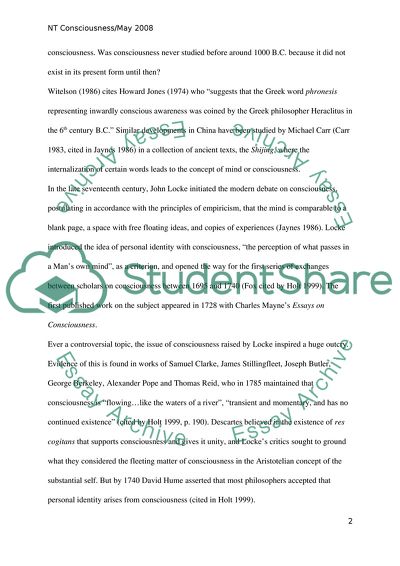Cite this document
(Questions and Problems Related to the Study of Consciousness Essay, n.d.)
Questions and Problems Related to the Study of Consciousness Essay. https://studentshare.org/psychology/1713820-nt-in-review-consciousness
Questions and Problems Related to the Study of Consciousness Essay. https://studentshare.org/psychology/1713820-nt-in-review-consciousness
(Questions and Problems Related to the Study of Consciousness Essay)
Questions and Problems Related to the Study of Consciousness Essay. https://studentshare.org/psychology/1713820-nt-in-review-consciousness.
Questions and Problems Related to the Study of Consciousness Essay. https://studentshare.org/psychology/1713820-nt-in-review-consciousness.
“Questions and Problems Related to the Study of Consciousness Essay”. https://studentshare.org/psychology/1713820-nt-in-review-consciousness.


